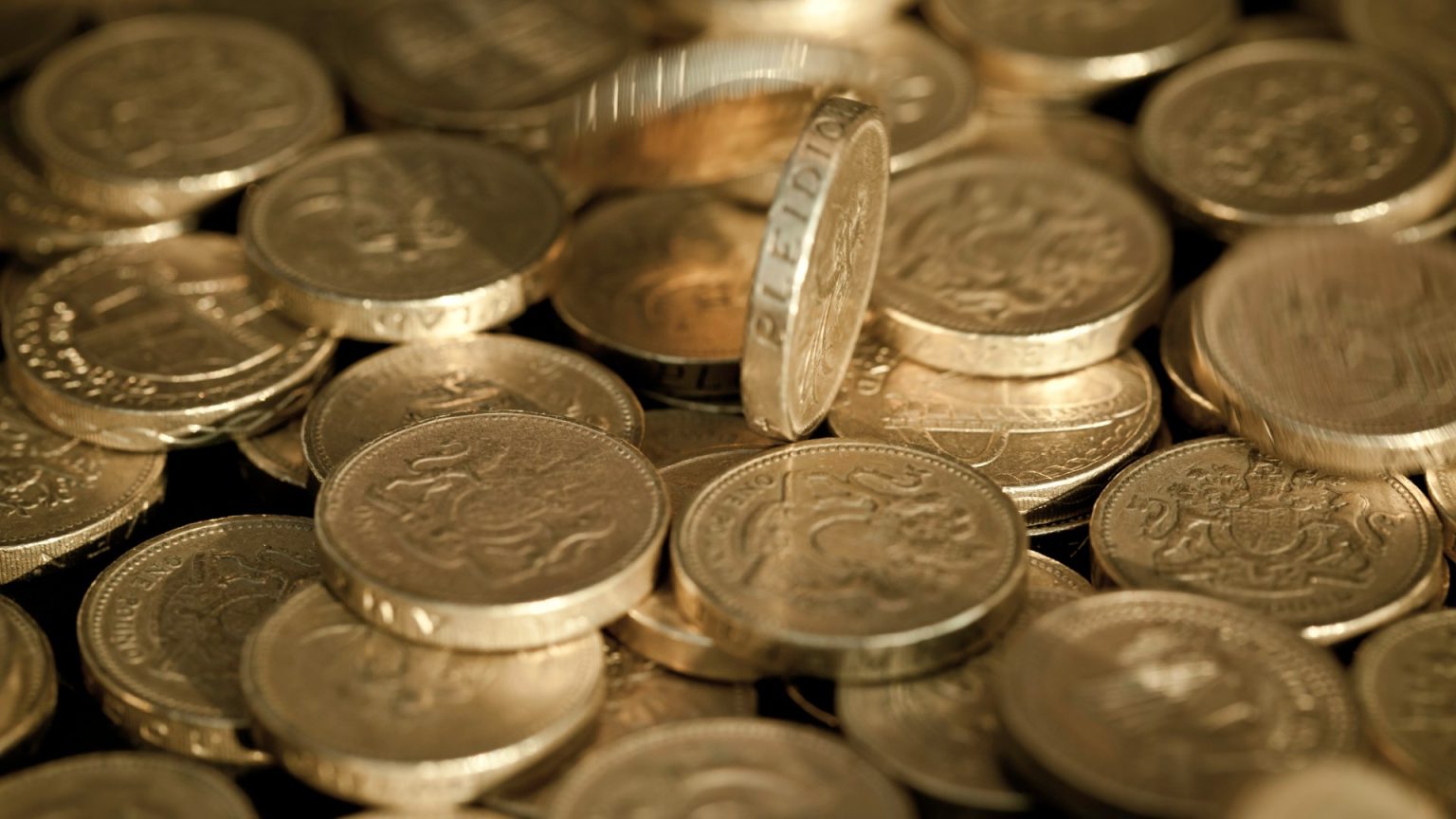The allure of numismatics, the study or collection of currency, often stems from the possibility of discovering a hidden treasure amongst everyday pocket change. This fascination is presently captivated by an eBay listing featuring a seemingly misprinted 2016 one-pound coin, touted as a “one-in-a-million” find and priced at a staggering £10,000 – ten thousand times its face value. The coin, bearing the effigy of the late Queen Elizabeth II, exhibits a noticeable defect: the inner circle appears misaligned, suggesting an error during the minting process. The seller proclaims it a “collector’s dream,” capitalizing on the rarity often associated with such manufacturing flaws. While the listing includes what purports to be a statement from The Royal Mint acknowledging the possibility of such variances occurring due to the sheer volume of coins produced, it importantly stops short of authenticating the coin in question. This lack of official verification adds a layer of intrigue and risk to the potential purchase.
The listing emphasizes the stringent quality control measures employed by The Royal Mint, highlighting the extraordinary nature of a misprinted coin escaping detection and reaching circulation. This narrative of a rare escapee from the mint’s rigorous scrutiny further fuels the perceived value of the coin. The seller leverages this narrative, suggesting that while such errors are sifted out, some inevitably “slip through the net,” making this particular coin a thrilling discovery. The asking price, coupled with a £3.30 delivery fee, positions the coin as a high-value collectible. Located in Swindon, the seller offers potential buyers the opportunity to either bid on the coin or purchase it outright at the listed price. This strategic positioning seeks to attract serious collectors willing to invest a substantial sum for a potentially unique piece.
The seller’s claim that the coin is a “one-in-a-million” find remains unsubstantiated. The absence of official authentication from The Royal Mint and the lack of information regarding how many coins with the same defect might exist raise questions about the true rarity and, consequently, the justified value. While the Royal Mint’s statement acknowledges the possibility of manufacturing variations, it does not confirm the rarity or value of this specific coin. This ambiguity creates a significant caveat for prospective buyers, who must weigh the potential reward against the risk of overpaying for a coin whose rarity is essentially unproven.
The seller includes what they claim is communication from The Royal Mint, seemingly bolstering the authenticity and value of the coin. However, a closer examination reveals that the purported communication merely acknowledges the possibility of minting errors due to the high volume of coin production and explicitly states that they cannot authenticate the coin without physically inspecting it. This careful wording by The Royal Mint serves as a crucial disclaimer. While it doesn’t outright dismiss the possibility of the coin being genuine, it doesn’t confirm it either. This leaves the onus of verification entirely on the buyer, adding a layer of complexity to the transaction.
The broader context of coin collecting provides some insight into the potential value of misprinted or error coins. Certain errors, particularly those resulting in significant deviations from the standard design, can indeed command substantial premiums among collectors. The value ultimately depends on the nature and rarity of the error, as well as the overall demand from collectors. However, it’s crucial to remember that not all errors translate into significant monetary value. Some errors are relatively common, while others, even if rare, might not appeal to collectors. This underscores the importance of independent authentication and appraisal before investing substantial sums in potentially rare coins.
For those intrigued by the prospect of discovering valuable coins amongst their own change, several avenues exist for selling such finds. Online platforms like eBay and Facebook Marketplace offer convenient access to a broad audience of potential buyers, while specialized coin trading apps cater to a more focused community of collectors. However, regardless of the chosen platform, securing a reputable appraisal from a numismatic expert is paramount before listing any coin believed to be rare or valuable. This expert assessment will provide an objective evaluation of the coin’s authenticity, rarity, and market value, safeguarding both buyers and sellers in the often complex world of numismatics. The case of the 2016 misprinted pound coin highlights the need for cautious optimism and thorough research when venturing into the potentially lucrative but also risky realm of rare coin collecting.


